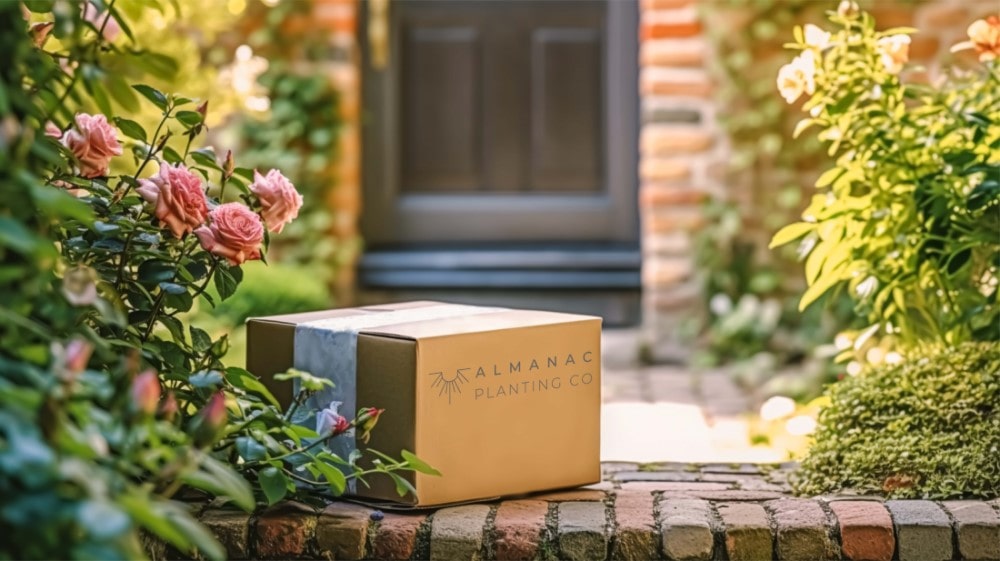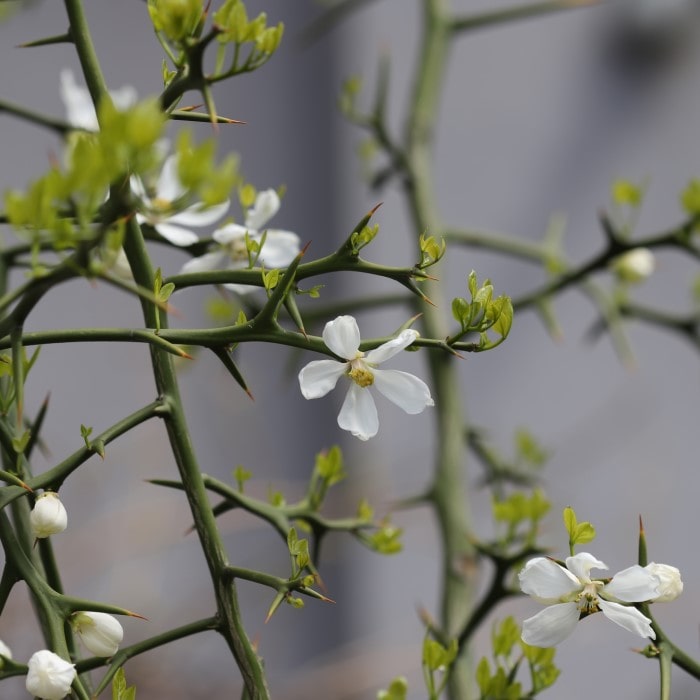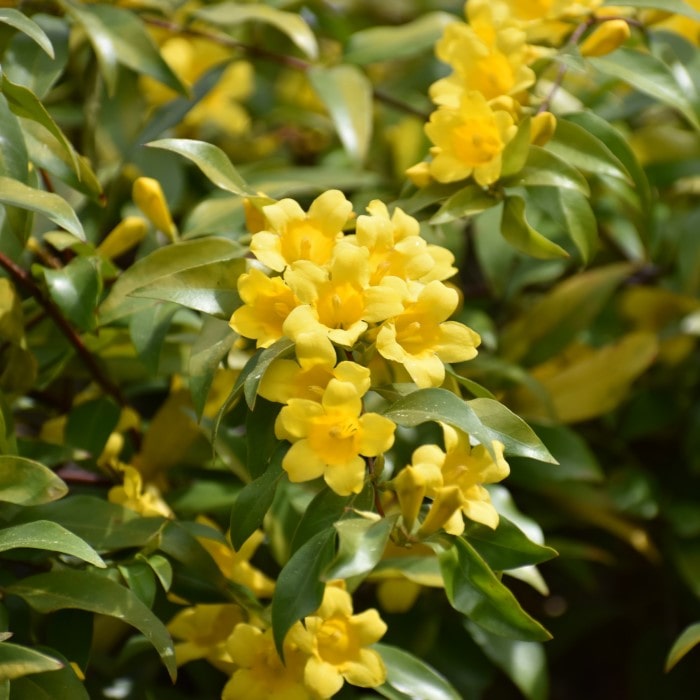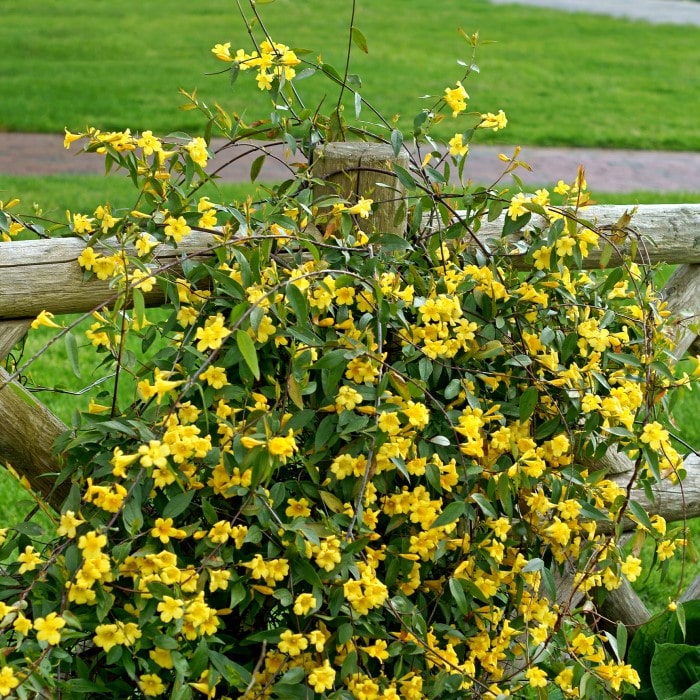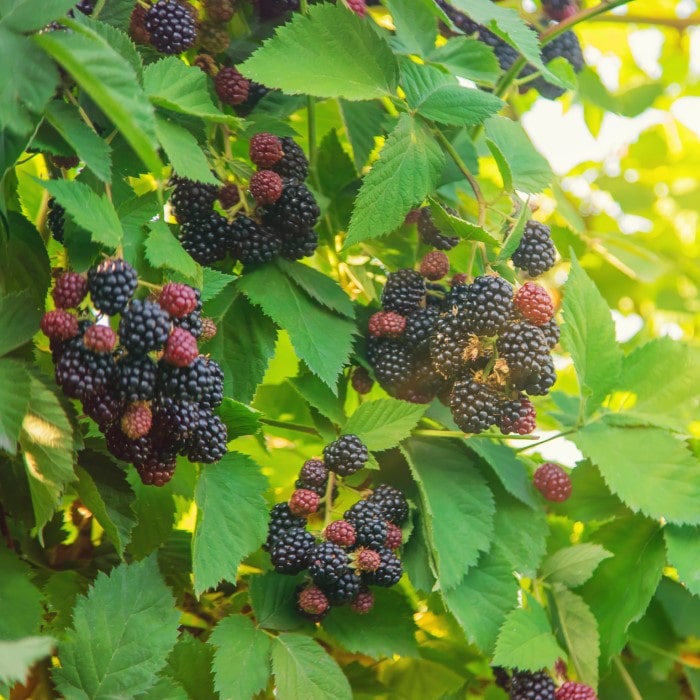Calathea rufibarba 'Elgergrass'
Overview
Uses: Houseplant, patio plant, or outdoor plant (in approved tropical zones)
Benefits: Slender, wavy leaves with purple undersides! Air purifier: removes toxins from the air. Unique and beautiful growth patterns, colors, and foliage.
USDA Hardiness Zones: 10 - 11
Sun: Bright indirect to partial shade. Avoid strong, full sun. A minimum 6 hours of bright indirect sun daily is suggested.
Life Cycle: Perennial
Mature Height: 2'-3'
Mature Width: 1'-2'
Summary
Vibrant leaves that open at dawn and close at night!
The Calathea rufibarba 'Elgergrass' is a rare and beautiful houseplant with elongated, dark green leaves that have deep purple undersides. It's a medium maintenance plant, perfect for green thumbs who wish to add a splash of color and energy to any living space.
Often referred to as "Velvet Calathea" and "Furry Feather" due to its strikingly soft and velvety foliage.
Prized for its air purification abilities, Calathea 'Elgergrass' is known to remove toxins from the air (including VOCs)!
Like other Calatheas, its leaves fold together at night and open in the morning. This has led to some referring to Calatheas as "Prayer Plants".
New growth appears light green and darkens with maturity.
Care
We suggest watering your indoor Calathea rufibarba 'Elgergrass' once every 7-10 days, allowing the top 1/3 of its soil to dry between waterings. It's best to avoid watering with water that's been chlorinated, as this plant is sensitive to chlorine.
Avoid overwatering and not allow this houseplant to rest in standing water.
Like many other plants, too much watering will result in the yellowing of stems and leaves, eventually followed by root rot should the wet conditions persist.
How Much Humidity Does Calathea 'Elgergrass' Like?
Although it can be grown in drier areas, Calathea rufibarba 'Elgergrass' is a tropical and does best in environments with humidity between 50% and 70% RH.
It does well with daily misting, but misting too often may cause problems with fungus and disease.
Humidifiers and pebble trays may be used to supplement humidity.
How Much Sun Does Calathea 'Elgergrass' Like?
Avoid placing Calathea rufibarba 'Elgergrass' in areas that receive extended periods of direct sunlight.
The best lighting is provided by bright indirect light as extended periods of direct light exposure could cause leaf burn.
Calathea rufibarba 'Elgergrass' often do best in areas where they receive the majority of their light from bright, indirect sun. They are also known to grow well in areas of medium light.
Too little light will likely cause a lack of variegation, gangly growth, and possible death over time.
What is the Ideal Temperature for a Calathea 'Elgergrass'?
Calathea rufibarba 'Elgergrass' prefers warmer temperatures and will likely die in 50°F weather.
It's best to keep this plant in temperatures above 55°F to ensure its beauty and the integrity of its growth; however the optimal temperature range of this houseplant is between 65°F and 85°F.
As such, this plant thrives outdoors year round in USDA zones 10-11, and will likely not survive living outdoors over winter in USDA zone 9 or lower.
What Type of Soil Does Calathea 'Elgergrass' Like?
Calathea rufibarba 'Elgergrass' thrives in a variety of soils, but does best in soils that are both nutrient rich, and moderately well draining.
It's important to not use soil that will allow water to hang around the roots of this plant for too long as it is susceptible to root rot.
Our potting soil is a great option for anyone potting up a Calathea.
How to Fertilize a Calathea 'Elgergrass'
Calathea rufibarba 'Elgergrass' should be fertilized on a monthly basis between early spring and early fall.
We suggest using a balanced slow release fertilizer, a liquid fertilizer with high amounts of nitrogen and potassium, or a fish emulsion.
Be careful not to overfertilize.
Trimming and Maintenance of Calathea 'Elgergrass'
Calathea rufibarba 'Elgergrass' can be trimmed to maintain a certain plant size or shape, or to remove dead and unsightly growth.
Any trimming should be done with a sanitized, sharp scissors to help mitigate the spread of disease. We suggest lightly fertilizing after any extensive pruning.
How to Repot a Calathea 'Elgergrass'
Calathea rufibarba 'Elgergrass' do not like being rootbound so it's suggested that you repot your plant if its roots are crowding its pot.
You can repot your plant by placing the entire root ball into a larger pot then softly breaking up its root structure around the edges of its root ball prior to surrounding it with a lightly packed, medium porosity potting mix. It's advised to increase the pot size by 1"-2" when repotting.
How to Propagate a Calathea 'Elgergrass'
The propagation of Calathea rufibarba 'Elgergrass' is easily accomplished through division. Simply divide sections of a large plant's base, and pot them up.
Size
What Size Calathea 'Elgergrass' is for Sale Online?
The Calathea rufibarba 'Elgergrass' that we sell online will ship in a greenhouse grade grow pot. Each plant will be appropriately sized for its pot. Please contact us with any specific questions.
How Large Do Calathea 'Elgergrass' Grow?
Calathea rufibarba 'Elgergrass' typically reaches a mature height between 24"-36", and a width of 12"-24".
Additional Information
Common Names of Calathea 'Elgergrass'
-
Velvet Calathea
-
Furry Feather
-
Prayer Plant
Toxicity and Risks of Calathea 'Elgergrass'
Calathea rufibarba 'Elgergrass' is considered non-toxic to people and pets.




